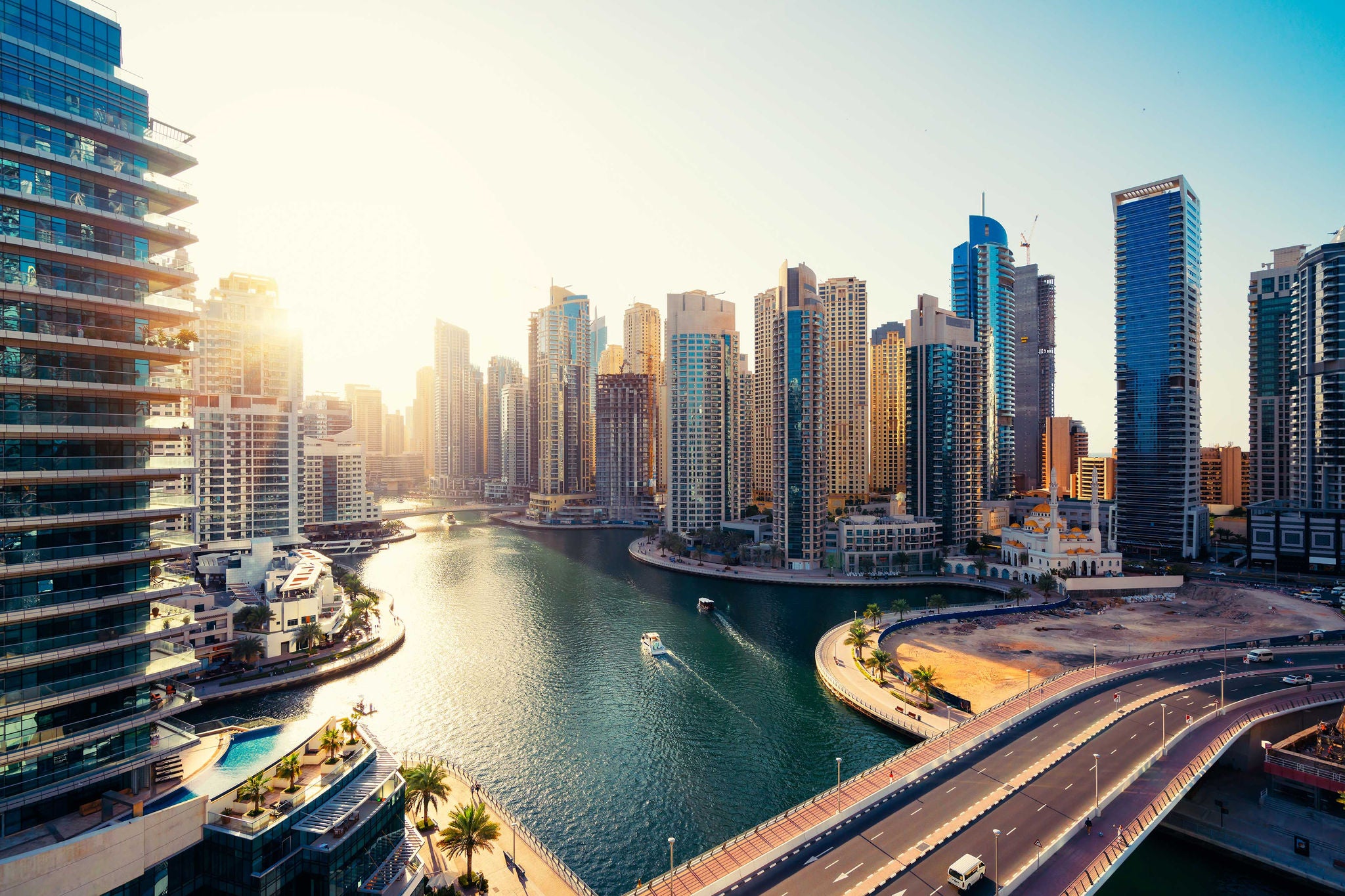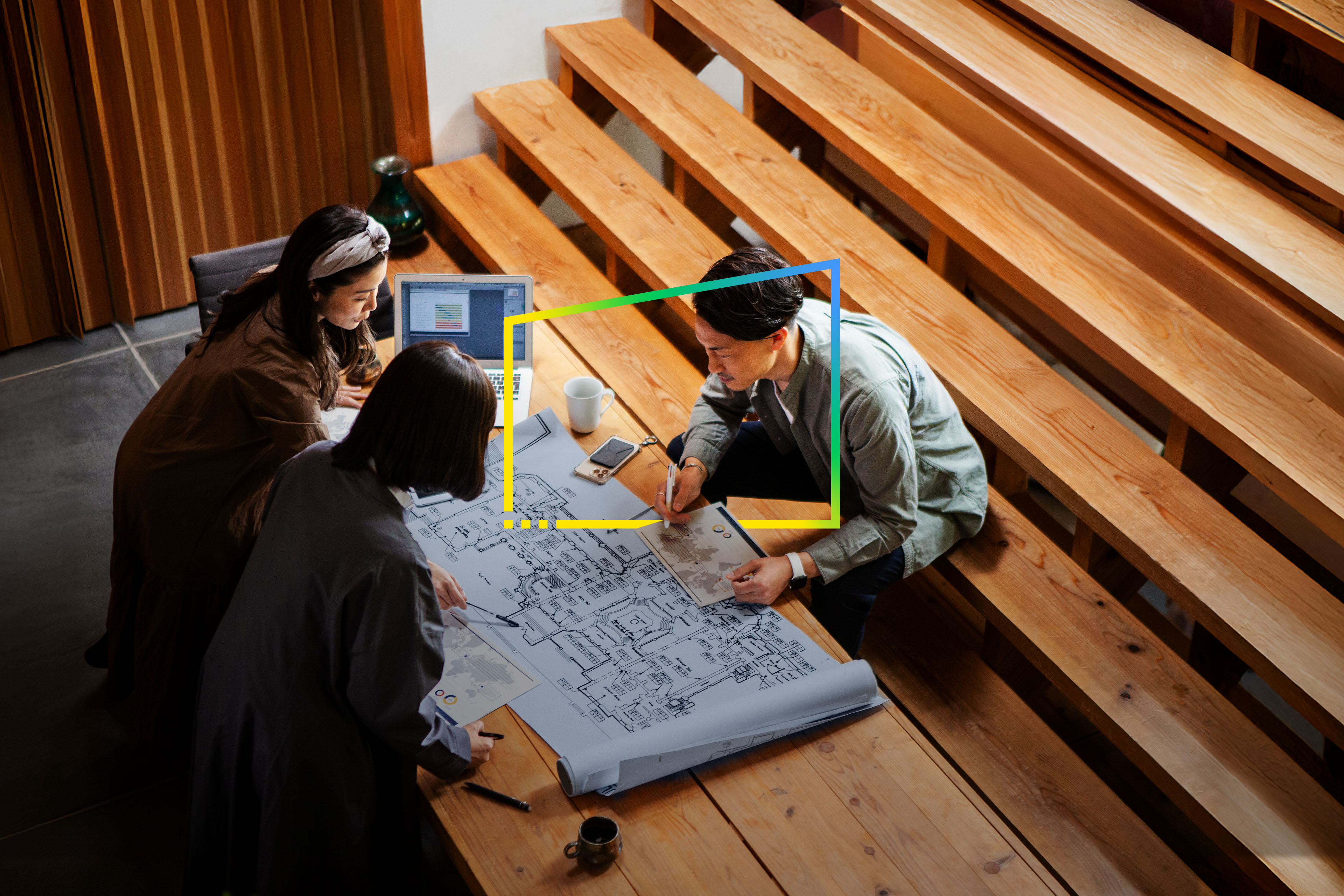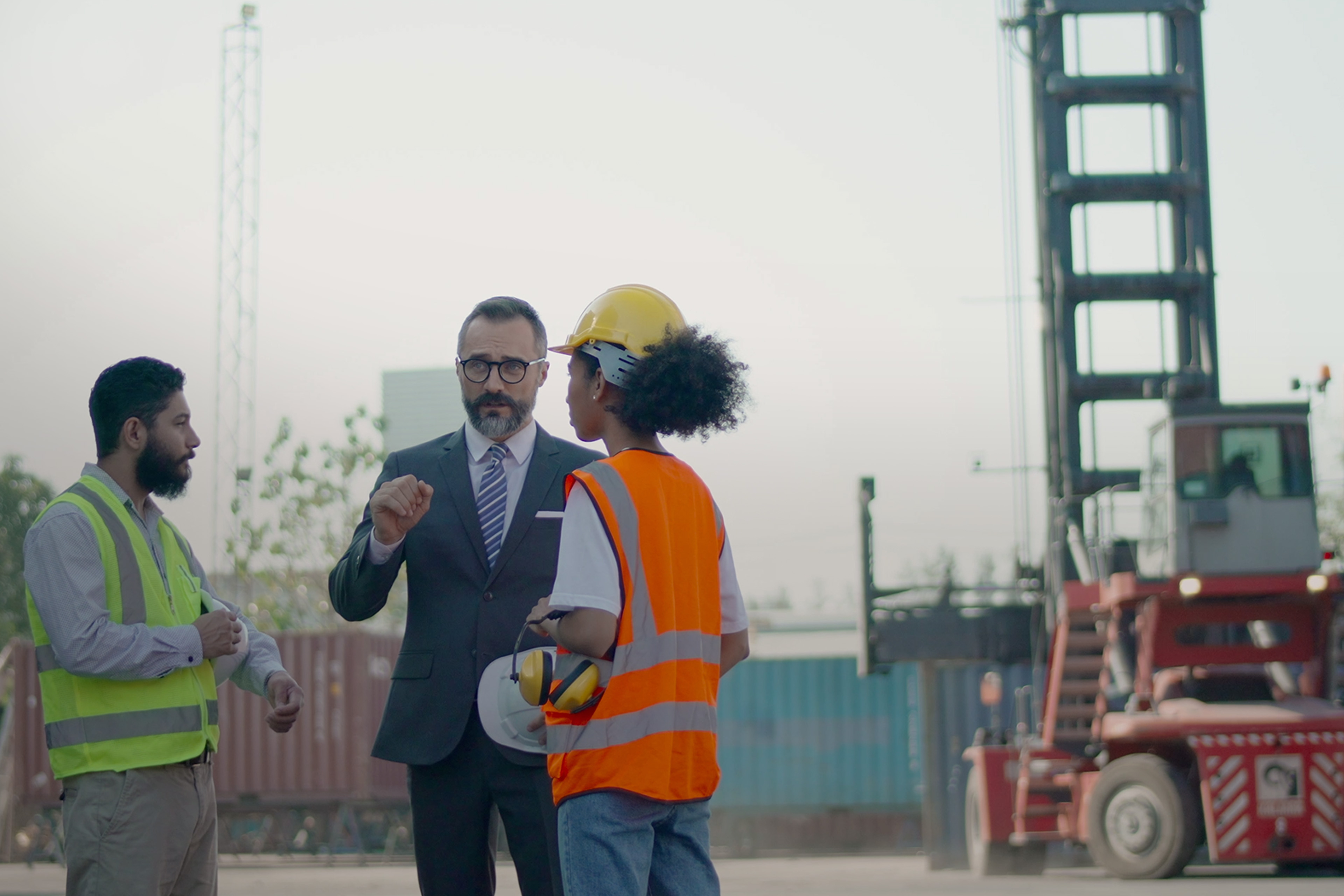EY refers to the global organization, and may refer to one or more, of the member firms of Ernst & Young Global Limited, each of which is a separate legal entity. Ernst & Young Global Limited, a UK company limited by guarantee, does not provide services to clients.

GCC’s future cities, progressing toward an improved urban quality of life, require more than just technology at its core.
It is an exhilarating time to be an urban designer in the states of the GCC. To accommodate continued population growth and citizens’ rising expectations for improved living standards, several of the region’s major cities — Dubai, Abu Dhabi and Doha — are busily modernizing, while wholly new ones, arise from the desert.
Such megaprojects and the massive public investments show that cities in the region increasingly define the economic and social progress of the countries they are a part of. On the global stage, the stature of the GCC’s largest cities may equal or even overshadow that of its countries. It is clear that the GCC policymakers and economic visionaries see the future well-being of their countries intrinsically linked to the fate of their cities.
As those cities modernize and new ones emerge, the frameworks guiding their development must also evolve. The “smart city” concept that exalts the role of intelligent technology and infrastructure, must give way to a more rounded, holistic framework that puts sociological factors, not technology, at its center.
From space to place
The GCC’s urban visionaries would be wise to view the future city as a “metapolis”, an entity that is larger than a metropolis by virtue of its physical and virtual interconnections between its citizens, institutions and organizations. A “metapolis” would also value diversity, ingenuity and innovation above all.
In the past, the focus of urban planners in the GCC has been on the interests of consumers and the businesses and other organizations serving them. In other words, they focused on facilitating transactions and creating the physical space for that. Such space has traditionally amounted to cement and steel, combining to create physical infrastructure. As the Gulf has modernized and new cities take shape, space is being superseded by an emphasis on “place”. A “place” facilitates multiple facets of living and not just transactions.
The places that a connected city creates, must address needs in these three areas:
1. Citizens
Increasingly, the city must meet the demands not just of consumers, but of communities of citizens who aspire for a higher quality of life in all its dimensions. This means more than the efficiency of services, citizens also yearn for a clean and sustainable environment. This is for high quality education for themselves and their children, for cultural and artistic enrichment, for a vibrant intellectual life and much more.
2. Convergence
Cities are enriched by diversity of cultures, outlooks, skills, languages and cuisines. Urban citizens yearn to experience these elements of diversity and may even adopt attractive features of each. Thus, occurs a sort of social convergence amid the diversity. Through their built environment, use of technologies, and the services they provide, the GCC’s smart cities must support both diversity and convergence. Without these, the cities will be unable to attract the types of talent, from the region and beyond. They need to be truly innovative.
3. Consciousness
In a region that, for decades, has relied on the extraction of fossil fuels to deliver economic growth, there is a growing consensus that societies must decarbonize to save the environment. Commendably, the region’s urban planners also understand this, championing sustainability as a defining feature of the new cities that are arising. The leaders should avoid making compromises on their low or no carbon strategies under the pressure of meeting ambitious deadlines.
Intelligent hubs of growth
Make no mistake — intelligent technologies and connected infrastructure have a vital role to play in the GCC’s future cities. They promise to be as technologically sophisticated (or “smart”) as, or even more so in some cases those emerging elsewhere in the world.
Such technologies must serve a higher purpose than improving efficiency. They should help generate economic growth while creating a better and simplified standard of living for the city’s residents. Intelligent technologies need not be “deployed” in cities in the strict sense of that word. They and the data they consume should be embedded in the very fabric of the city — in its conception, design, execution, construction and everyday operation. Technology thus forms its connective tissue, embedded in the city’s fabric.
Build it and they will innovate
Such technologies must also serve the goal of creating places of vibrancy, where the best and brightest want to come together. The GCC’s emerging cities aspire to become magnets not just of citizens from their own countries or region but from farther afield. There are signs that the region’s political leaders aim to support this through, for example, labor market reforms that facilitate greater workforce mobility and in-migration of talent from around the world.
Attracting such ingenuity gives the “metapolises,” taking shape in the Gulf, an opportunity to match or exceed the famous innovation hubs of North America and Europe. The physical and demographic characteristics of the Gulf region require mobility, energy and other solutions that are likely to be unique to those cities. Some locally developed solutions, however, will lend themselves to replication elsewhere. The GCC as a future-city innovator to the world is a realistic prospect.
Summary
The emerging future cities of GCC are moving toward a modernized, well-connected framework that must focus on building a clean and sustainable environment for its citizens. These cities should encourage both diversity and convergence, so as to attract talent for a better future. GCC’s future cities can match or even exceed the famous innovation hubs of North America and Europe. To achieve that, GCC must put sociological factors at its core, backed by advanced technologies such as AI and robotics.



